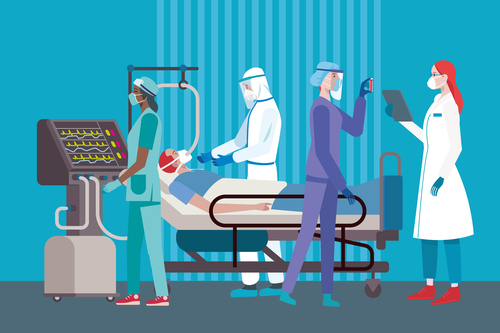Microsoft’s AI model identifies when medical treatments harm more than help
Microsoft researchers have built an AI model that can identify when medical treatments meant to help patients actually ended up harming them.
The model, Dead-end Discovery, uses the reinforcement learning ML framework – where an agent learns from trial and error – because it is well-suited to health care. Health care is characterized by sequential decision-making: After looking at a patient’s condition, providers apply a treatment and observe the results. If the patient improves, the process repeats.
Medical care today is characterized by a focus on what to do to help the patient recover. But the researchers argued that this can be an “infeasible” goal. Instead, they propose an opposite approach: identify treatments to avoid and prevent a point of no return for the patient.
The researchers applied their model on real-world medical data that was publicly available, focusing on critically ill patients with sepsis in intensive care.
Their goal was to help providers “identify which subset of treatments could statistically cause further health deterioration so they could eliminate them when deciding on the next steps,” the researchers said in a blog.
To read the complete article, visit IoT World Today.

















